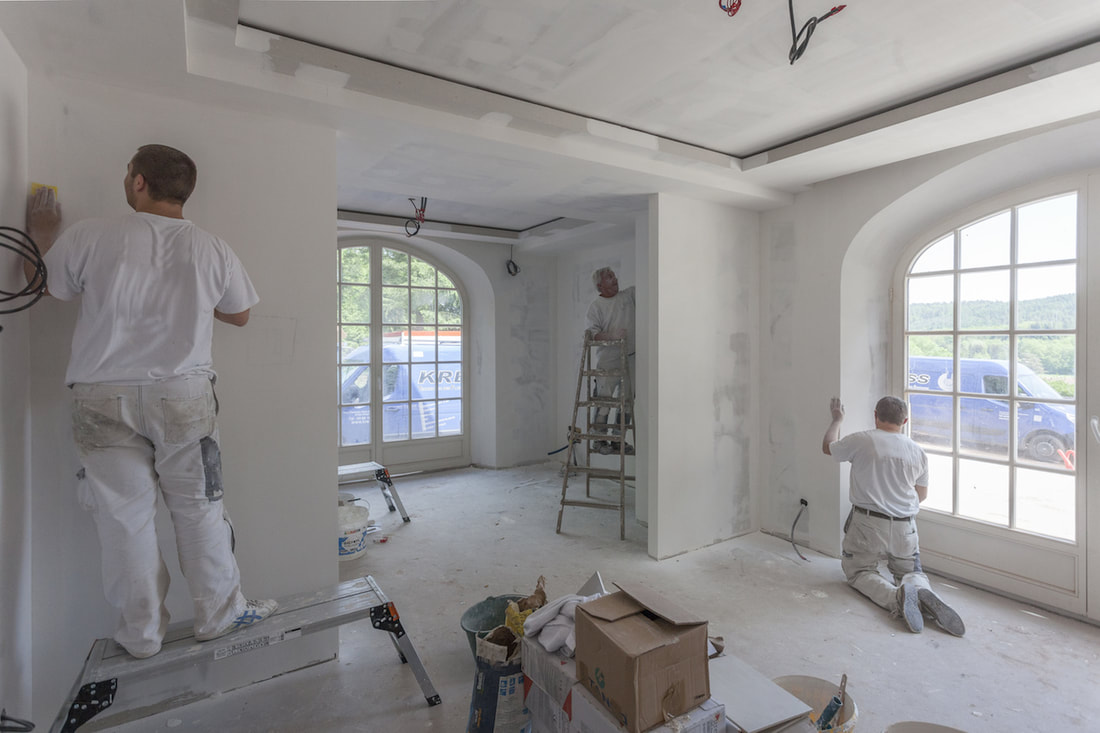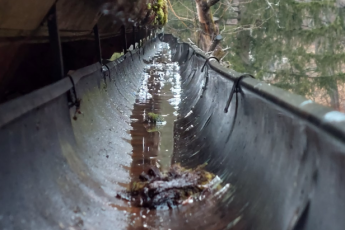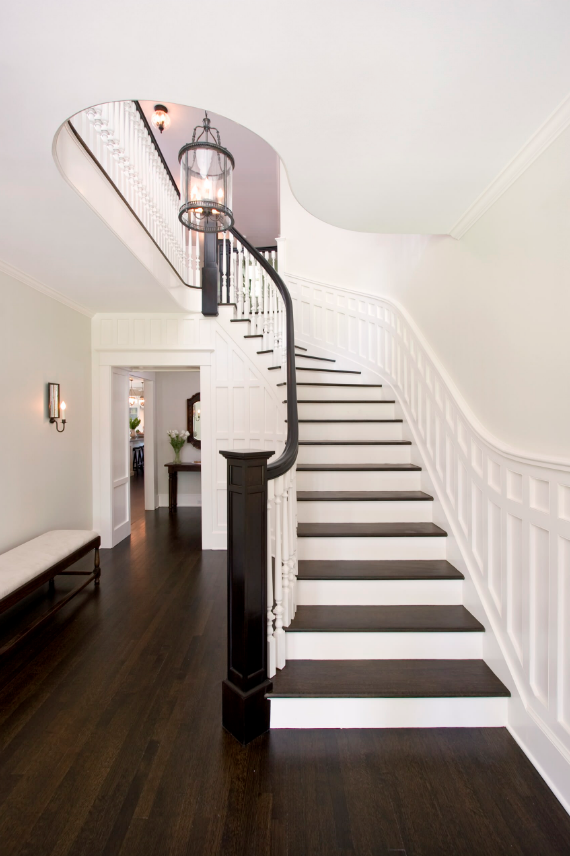Masonry Design Trends: Modernizing with Timeless Techniques
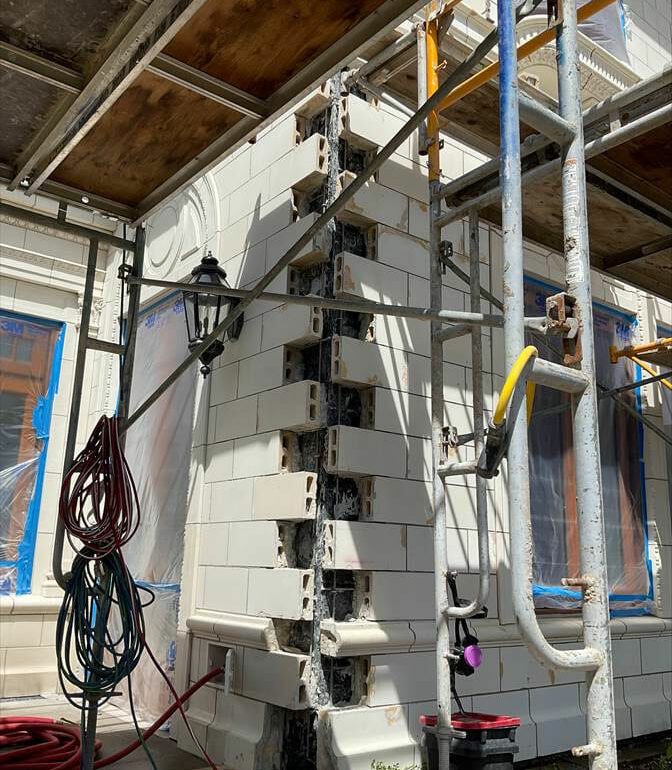
Masonry serves as proof of human creativity. It reflects a history that spans millennia and combines ancient techniques with contemporary innovations to create functional and beautiful structures!
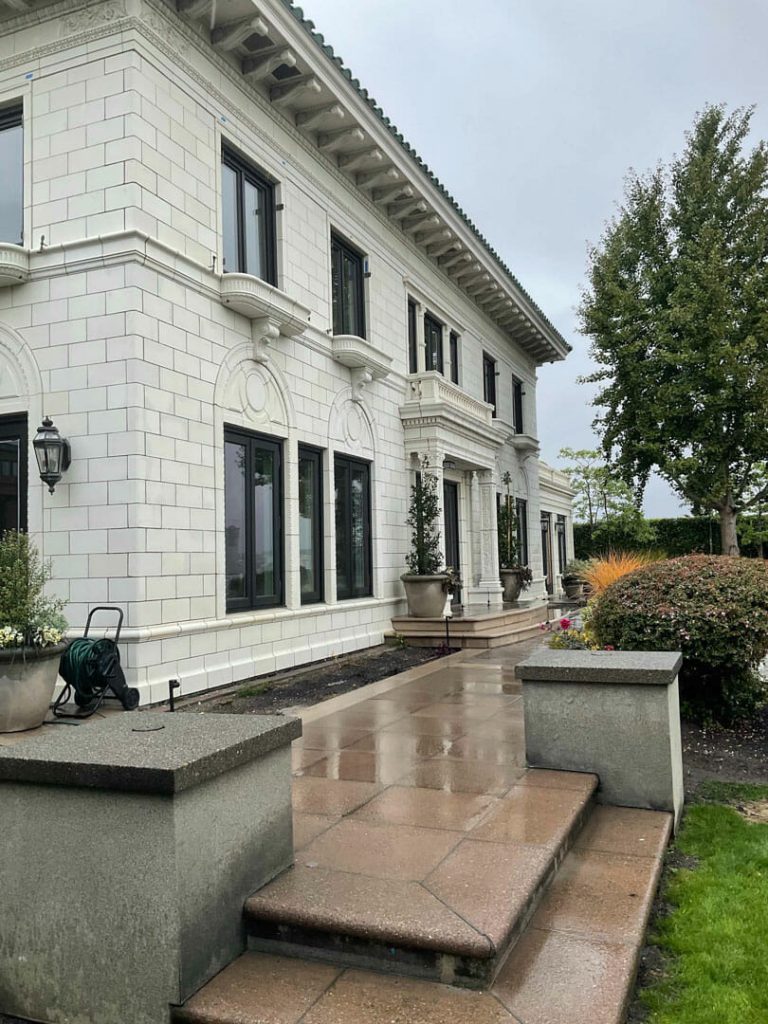
With the increasing demand for masonry services, today’s builders are adept at blending heritage with cutting-edge design, ensuring that the craft remains as relevant today as ever. The elegance and durability of masonry create a timeless appeal, making it a favored option in both residential and commercial architecture.
Innovative trends in masonry often focus on the harmonious blending of old and new. As materials and methods evolve, these trends significantly shape communities’ built environments, offering a fascinating glimpse into the future of construction. The challenge lies in modernizing the techniques while preserving the artistry and craftsmanship that define this timeless craft.
Trends in Modern Masonry
At the heart of modern masonry trends is sustainability, a concept that architects and builders have begun to adopt widely. As worries about climate change and environmental decline increase, sustainable building materials have become imperative. By employing recycled or repurposed products and sourcing locally, builders significantly reduce waste and carbon emissions while enhancing the natural aesthetic qualities of their projects. This conscientious approach has led to a renewed interest in various traditional materials, now appreciated for their eco-friendly credentials.
Moreover, the focus on sustainability extends to the complete lifespan of a structure, from building to final dismantling. The longevity and robustness inherent in masonry construction result in buildings that require less energy during their lifespans and are also easier to dismantle and recycle at the end of their service lives. As a result, masonry embodies the principles of sustainability by effectively closing the loop between construction and deconstruction.
The Role of Technology in Masonry
Technology keeps transforming masonry, creating new possibilities in design and building. Integrating digital tools such as computer-aided design (CAD) and 3D modeling allows architects to push the boundaries of creativity, achieving levels of detail and precision previously unattainable. Notably, 3D printing in construction is heralded as a game-changer, permitting intricate and bespoke masonry elements that are aesthetically striking and structurally robust.
These technological advancements simplify complex tasks, reduce construction timelines, and enhance overall build quality. By mitigating potential errors through advanced simulations and modeling, technology enables more efficient material usage and customization. At the intersection of tradition and innovation, masonry harnesses these tools to preserve its artistic roots while meeting modern demands.
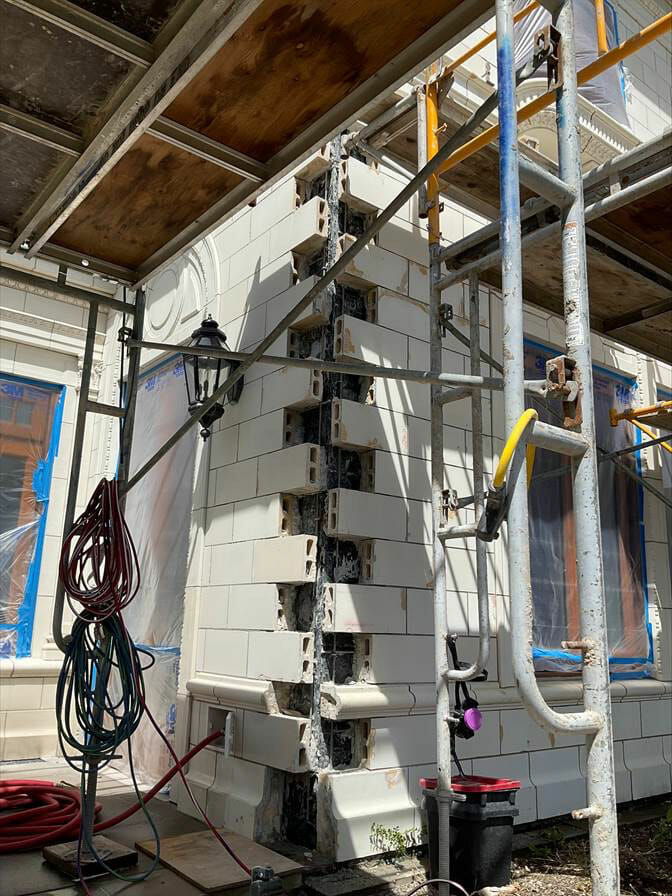
Sustainable Practices in Masonry
Adopting sustainable practices involves more than selecting the right materials; it encompasses a holistic construction approach that reduces environmental impact while optimizing resource efficiency. Modern masonry projects increasingly incorporate water conservation principles, ensuring minimal wastage and optimal resource management. Additionally, integrating renewable energy resources, like solar panels, into the structure reflects the growing commitment to green building practices.
Masonry’s inherent thermal mass properties are also key to sustainable building design. These properties help stabilize indoor temperatures, diminish synthetic heating and cooling requirements and lead to substantial energy savings over the building’s lifecycle. Through thoughtful design and execution, masonry contributes to eco-friendly building practices, offering solutions that align with the growing emphasis on environmental stewardship.
Cultural Influences on Masonry Design
Masonry’s aesthetic appeal is often deeply rooted in regional cultural contexts, with its design frequently drawing inspiration from traditional stone architectural styles specific to a region. This strong connection to cultural heritage is evident in the motifs and patterns incorporated into modern projects. By respecting these traditions, masonry projects encapsulate a place’s history and identity while accommodating contemporary tastes. Globalization has further enriched masonry design as architects share ideas and techniques worldwide, resulting in a vibrant cross-pollination of styles. This interaction leads to the continuous reinvention of masonry, wherein each project can uniquely represent cultural influences melded with cutting-edge design concepts.
The Aesthetic Appeal of Masonry
The timeless aesthetic of masonry arises from its capacity to adapt to various architectural styles, each bringing its character to the built environment. Whether leveraging the rugged charm of exposed brick or the sleek elegance of polished stone, masonry contributes to a building’s visual identity, creating spaces as inviting as they are impressive. This versatility ensures that masonry remains a cornerstone in designing traditional and modern structures, and its appeal extends across different tastes and needs. Through enduring beauty and resilience, masonry stands out as a defining element in architecture, continually capturing the imagination of designers and clients alike.
Masonry in Commercial and Residential Projects
In commercial architecture, masonry conveys a sense of authority and solidity, which is crucial for buildings designed to withstand the test of time. The use of masonry in office buildings, schools, and public institutions underlines its reliability, offering low-maintenance solutions that cut long-term costs and enhance structural integrity. Conversely, masonry capitalizes on its ability to create warm and inviting environments in residential settings. From cozy fireplaces to chic outdoor patios, masonry craftsmanship enriches living spaces, blending functionality with aesthetic appeal. As homeowners increasingly focus on long-term value, masonry’s blend of traditional charm and modern utility provides an ideal solution.
The Future of Masonry Design
The future of masonry design looks promising as it continues to develop amid a constantly shifting environment. As technology advances and sustainability becomes increasingly critical, masonry is poised to rise to the challenge. Continued innovations promise to extend the material’s flexibility and functionality, ensuring its place in the toolkit of forward-thinking architects and builders. This evolution is characterized by a careful balance of tradition with contemporary advancements, creating dynamic structures that meet modern needs while celebrating historical expertise. By integrating innovative technologies with sustainable approaches, masonry will continue to mold the spaces where people live and work, playing a vital role in the architectural narratives of the future.


